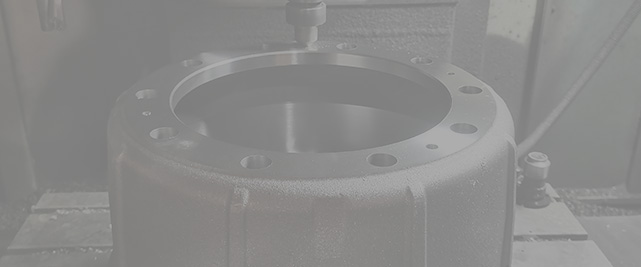Aug . 21, 2024 14:00 Back to list
Understanding the Component That Maintains Lining Proximity to the Brake Drum
Understanding the Components Keeping Brake Linings Close to the Brake Drum
Brake systems are essential for the safe operation of vehicles, and one crucial element of these systems is the interaction between brake linings and the brake drum. The effectiveness of this interaction is largely determined by the components designed to keep the linings close to the drum during braking. To grasp the significance of these components, it's important to understand how drum brakes function and which elements play a pivotal role in their operation.
At the heart of a drum brake system are the brake drum and the brake linings. The brake drum is a cylindrical component that rotates with the wheel, while the brake linings are friction materials that press against the drum to generate braking force. When the driver presses the brake pedal, hydraulic pressure forces the brake shoes, which are equipped with the linings, outward against the inner surface of the brake drum. This process is what slows down or stops the vehicle.
The component responsible for maintaining the proximity of the linings to the drum is known as the brake shoe assembly. This assembly consists of several parts, including the brake shoes, return springs, adjusters, and pivot points. Each of these components plays a vital role in ensuring that the linings contact the brake drum effectively and consistently.
1. Brake Shoes The brake shoes are typically made of a steel backing with a friction material attached. They are designed to pivot at a central point, allowing the ends of the shoes to press outward when hydraulic force is applied. The design and material of brake shoes are vital for optimal performance since they directly influence the effectiveness of braking.
what component keeps the linings close to the brake drum

2. Return Springs After the brake pedal is released, return springs pull the brake shoes back toward their resting position. These springs are crucial as they ensure that the linings are not in constant contact with the drum when the brakes are not engaged. This minimizes wear on the linings and drum, enhancing the lifespan of these components while also promoting better fuel efficiency.
3. Adjusters To maintain optimal clearance between the brake linings and the drum, many drum brake systems incorporate an adjuster mechanism. This component automatically adjusts the position of the brake shoes as the linings wear down, ensuring consistent contact with the drum. The adjuster's ability to maintain proper distance is critical for effective braking performance, especially as the friction material gradually wears away.
4. Pivot Points Finally, the pivot points on which the brake shoes rotate are essential in maintaining the correct angle of contact between the linings and the brake drum. The design of these pivot points affects how easily the brake shoes can move outward, and thus, how effectively they can press against the drum.
In conclusion, the components that keep the brake linings close to the brake drum are vital for the performance and safety of the vehicle’s braking system. The interaction between the brake shoes, return springs, adjusters, and pivot points ensures that the linings engage the drum when needed and retract when not in use. Understanding these components and their roles highlights the complexity and importance of braking systems in vehicles. As technology advances, materials and designs will continue to evolve, striving for improved safety, performance, and reliability in our brake systems.
-
Scania Brake Drums: OEM Quality for Optimal Safety & Durability
NewsAug.16,2025
-
R.V.I: Advanced Remote Visual Inspection for Precision
NewsAug.15,2025
-
Discover HYUNDA: Innovative Vehicles, Equipment & Solutions
NewsAug.14,2025
-
R.V.I: Unlock Advanced Insights & Real-time Performance
NewsAug.13,2025
-
Kamaz Brake Drum: Durable & Reliable for Heavy Duty Trucks
NewsAug.12,2025
-
Heavy Duty Iveco Brake Drum - Premium Quality & Safety
NewsAug.11,2025
